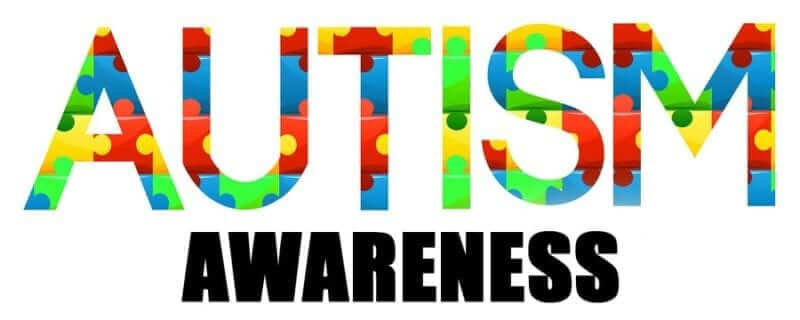Autism Awareness Week falls on March 29– April 4 this year. Many schools around the country dedicate their time to learn more about autism and the characteristics of people who may have it. It is very well known that autism can affect individuals in many ways, but the most important thing to remember is that people with autism may demonstrate challenges to those surrounding them, whether they are family members or educators, but their triumphs and successful progression should be celebrated.
If you are an educator who has a student (or students) with autism, you have to be aware that reaching goals with them will put a path out in front of you that is unique. No teaching is easy, but in this case the steps that are achieved in the opportunities you provide are important. Being patient is key and being creative in how you teach is vital. Modification is an element that students with autism may require, so being able to manipulate educational factors into meeting goals and standards is extremely important.
Students with Autism and Non-Instructional time
We should also bear in mind the importance of non-instructional time, where you may be participating in recreational activities with the students, or doing something less academic. Whether you are teaching or not, it is necessary to know that your personality feeds the student’s drive as well. Smile, be enthusiastic, and have fun! That kind of nature will be extremely well received across all learners and it’s great to relate this way consistently!
Autism and Routine
Students with autism are people who live by routine, but it’s important to know that working with them requires you to be flexible–extremely flexible. Something could go awry quickly and it is up to you to be on your A-game if something does happen. This may require you to switch to another activity on the fly, or provide the student with a break if it is necessary (more on that later). These sorts of moments can cause an educator to become very stressed or flustered, but keeping things under control builds great classroom management skills and leads you to becoming an even better teacher.
The Importance of Sensory Items
Speaking of the classroom, having various sensory items for students to utilize is also important. You may want to have some toys, iPads, and different kinds of equipment (like an exercise ball) for them. These kinds of items provide students with autism a sense of relaxation and also entertainment. On that note, the aforementioned items can become available when students have earned a break. You can provide them with breaks at your own discretion, but it’s also up to you if they don’t earn them. Creating a system for them for how they can get a break is something you may want to think about very early on. Keeping your autistic student relaxed and at low stress levels is a necessary step to making progress.
Overall, just remember to be patient and kind, and make sure all other students understand the concepts of autism so that when working with them, they provide the same sort of behavior that you would as a teacher. Being a role model for them will, in turn, make them extremely accepting and, as a result, great classroom partners. Creating an ideal environment for students with autism is not an easy task, but with time, it will become second nature. Just focus on the goals that your students need and embrace the rewards with them!
Autism Awareness Week runs March 29 -April 4, 2021
Note from the Author: I’ve been working in the classroom for nearly a decade, and have spent a lot of that time focused on students with special needs. One kind of student that I encounter regularly is students with autistic spectrum disorders.
Understanding autism and how to expertly address the needs of students with autism can take many years, and I would encourage all educators to continue investing time in building their knowledge and skills in this area.
But, despite the appreciable learning curve, there are some very simple and basic things that we can all keep in mind when faced with the special and rewarding challenge of making a place for autistic children in our classroom and in our school.





